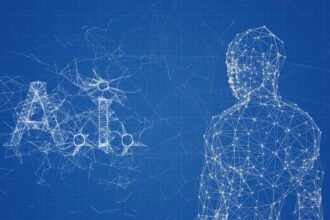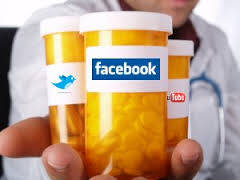I am attending the Computerworld Business Intelligence and Analytics Perspective conference and just gave the opening keynote “From Business Intelligence to Predictive Analytics.” Following me is the team from Blue Health Intelligence about their innovative use of predictive analytics.
I am attending the Computerworld Business Intelligence and Analytics Perspective conference and just gave the opening keynote “From Business Intelligence to Predictive Analytics.” Following me is the team from Blue Health Intelligence about their innovative use of predictive analytics.
The US healthcare system that is more expensive, less effective and less safe than many other countries’ systems. In particular the money spent on chronic conditions like hypertension or diabetes – 76% of admissions, 88% of prescription drugs, 96% of home care visits and 72% of doctor visits.The top 5% of users of healthcare consume 55% of services.
BHI is working to see if predictive analytics can make a difference to this. Could they find out who the top 5% are? Could they make if affordable for everyone while identifying how to deliver better care.
BHI contains all the claims detail from all the BlueCross BlueShield plans, anonymized and aggregated. Of course the claims data is full of codes and doesn’t contain details of how sick a patient is so this has to be cleaned and derived before good predictions can be made. In addition the patients who matter change a lot with only 25% of the top 1% high cost patients staying high cost year to year.
The initial use of analytics in healthcare was disease management across whole populations. This has been used to drive a predictive risk of cost for each member in the plan – how probable is it that this person will be high risk, high cost. But what are your risk drivers and what can we DO about this? What decisions can we make? And the great thing about predictive analytics is that this can all be done without exposing personally identifable information.
Based on the risk and drivers different options are used – mitigating high risk patients, working with low risk patients to manage their health so they stay low risk and so on. This has been very successful but now focusing on specific diseases to get more specific. BHI, with data from so many members, is a great source for this as it has enough data to have a good sample size for each disease. And what we want is a model that we can use for a specific member so we can focus the right kinds of care on each patient. If we can predict the chance of hospitalization or of complications for a particular patient then we can communicate with him and his physician and target him with the most effective treatments. These models use predictive scorecards that expose the drivers of the risk model – why does he have the risk he has. This model can be combined with the right rules to drive the best decision-making. From what we KNOW about someone to what we can DO about it. What a patient can do, what a care manager can do, what a plan can do.
Clearly there are many opportunities for predictions in healthcare. Opportunities to reduce fraud and abuse, getting predictive decisions in the hands of doctors and using payment incentives to improve adherence.







